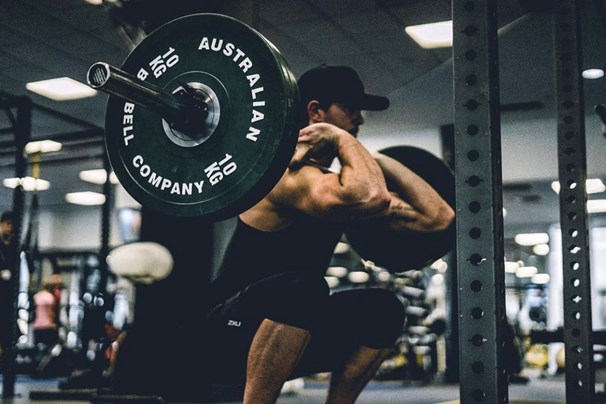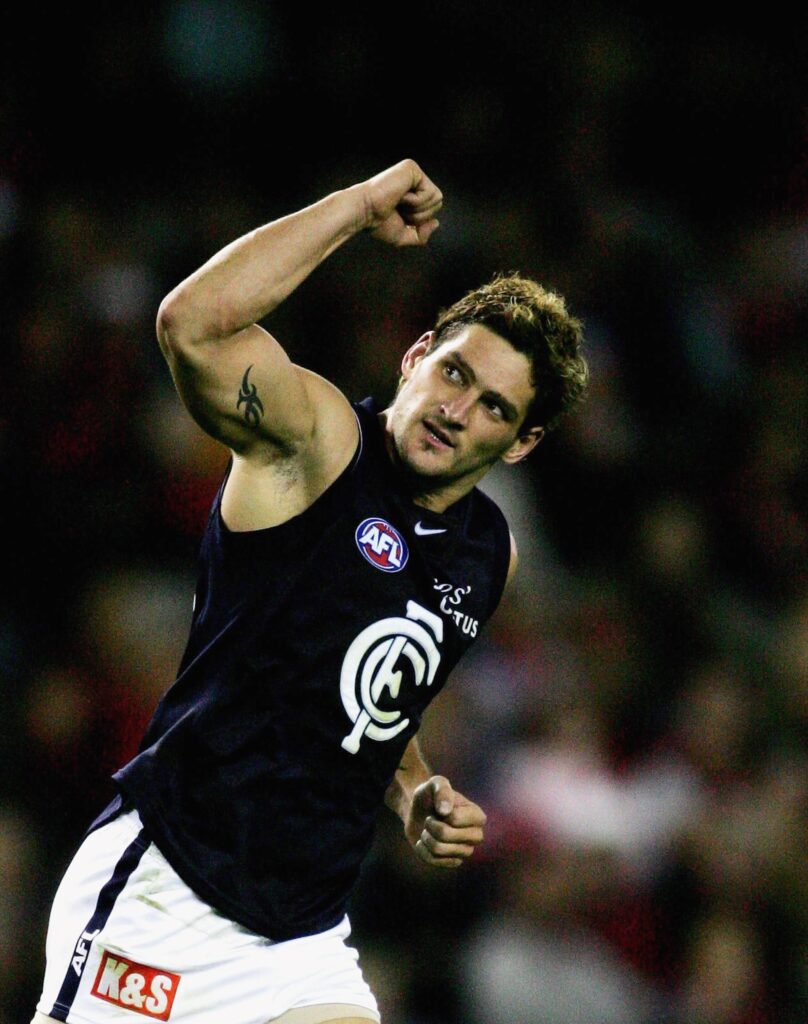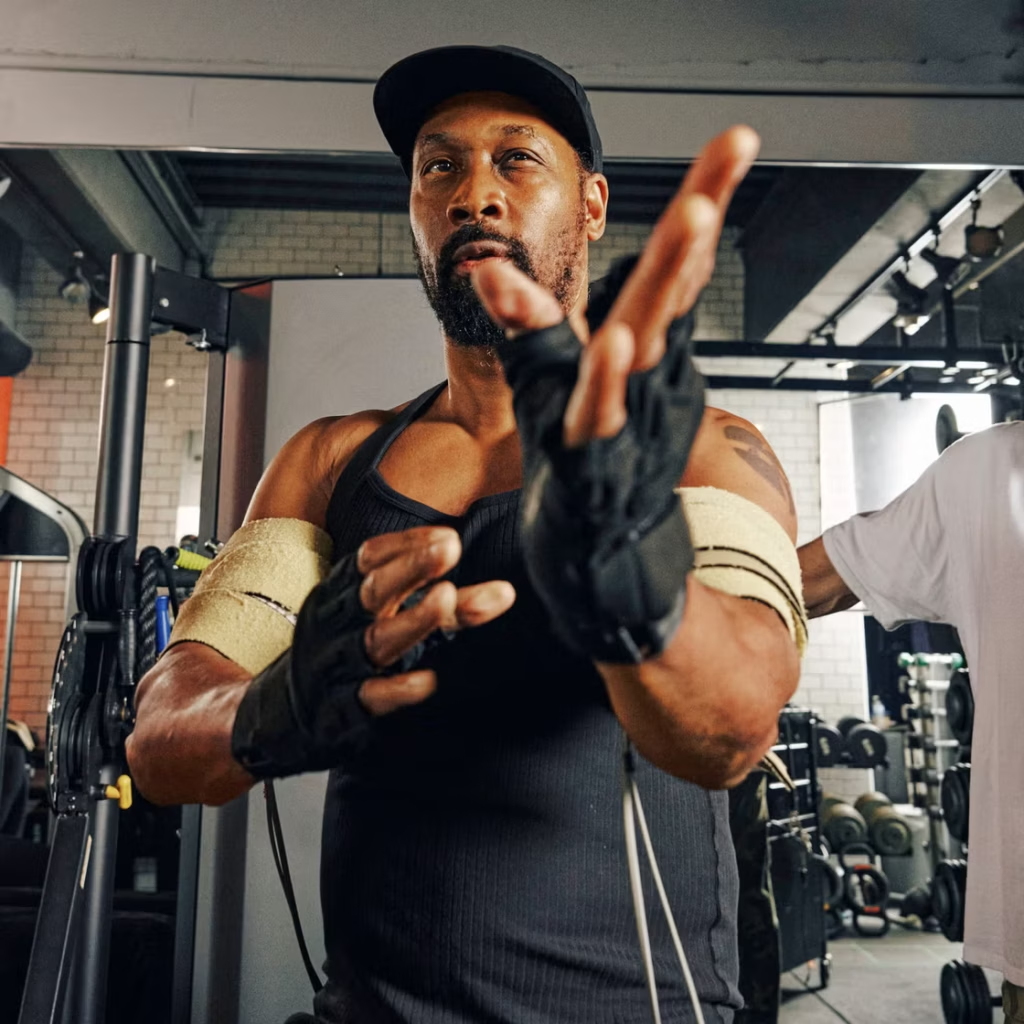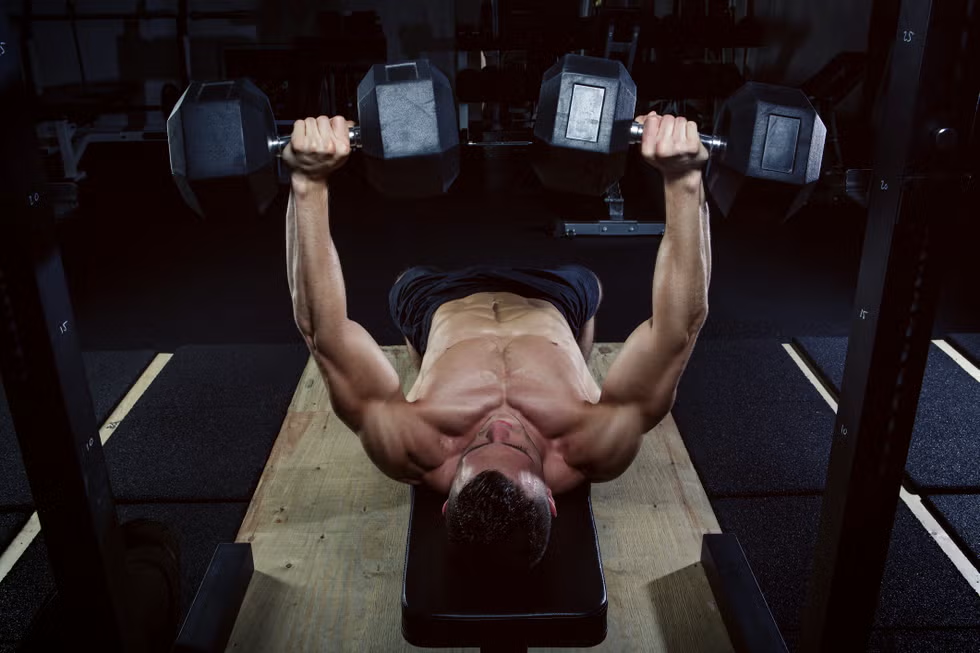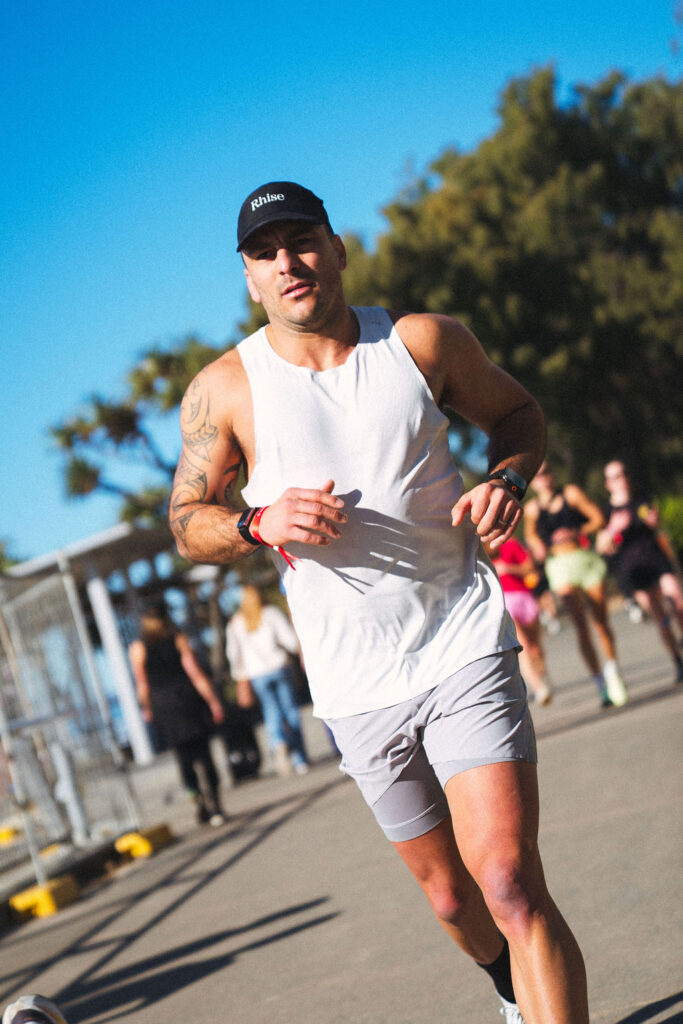Danny Kennedy fitness.
When you look at a well structured training program, think of it as a cake recipe. You’ll most likely see two things:
1. A handful of compound movements (multi-joint exercises that utilise multiple muscle groups at the same time) that make up the base of the cake.
2. A bunch of isolation/accessory movements (single joint exercises targeting just one muscle group) that are used to help strengthen specific muscles, to either increase in strength and/or size and help improve the compound lifts, these are the icing on the cake.
Where a lot of people go wrong is skipping the base, and going straight to the icing (although we all love the icing, it won’t help us see the best results possible). Without the base or foundation, there is no foundation to our training which often results in no real foundation or progress in our physique.
So, why are compound lifts so important?
They allow us to expend more energy, lift more load, and essentially build more muscle and strength, leading to a stronger, more athletic and reliable physique.
It’s extremely important that while we are at our freshest, early in the workout, we should be performing these BIG lifts, that essentially build the foundation of our training and require the most energy and focus. Failing to perform the bigger compound lifts when we are under the least amount of mental and physical fatigue, can significantly increase the risk of injury.
Examples of compound exercises
- Squats
- Deadlifts
- Overhead presses
- Pull ups/downs
- Rows
- Lunges
- Step ups
Where do the isolation lifts come into play?
Although compound exercises make up the base of the cake, the isolation/accessory exercises are still necessary to build a strong, reliable and well-rounded physique (not to mention the delicious icing on the cake).
Examples of isolation exercises
- Bicep curls
- Tricep extensions
- Leg extensions
- Hamstring curls
- Calf raises
- Lateral raises
How should you structure your workout?
There are many factors that come into play when planning a training program, but as a general rule of thumb, aim to place 2-4 compound movements at the beginning of the session, saving the isolation exercises for the back end.
Example for an upper body push day:
1. Barbell bench press 4 x 8
2. Barbell shoulder press 4 x 8
3. Incline dumbbell chest press 3 x 10
4A. Cable chest fly 3 x 15
4B. Dumbbell lateral raises 3 x 15
5. Cable rope tricep push downs 4 x 15
In summary, prioritise what’s most important, and then utilise isolation movements to help bring up weak points, increase overall training volume and for your own enjoyment which is extremely important.




